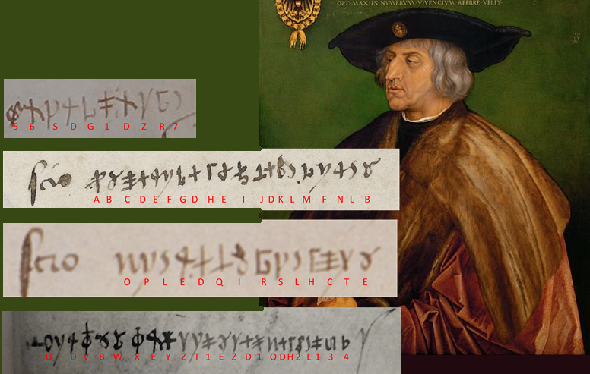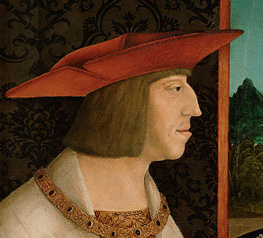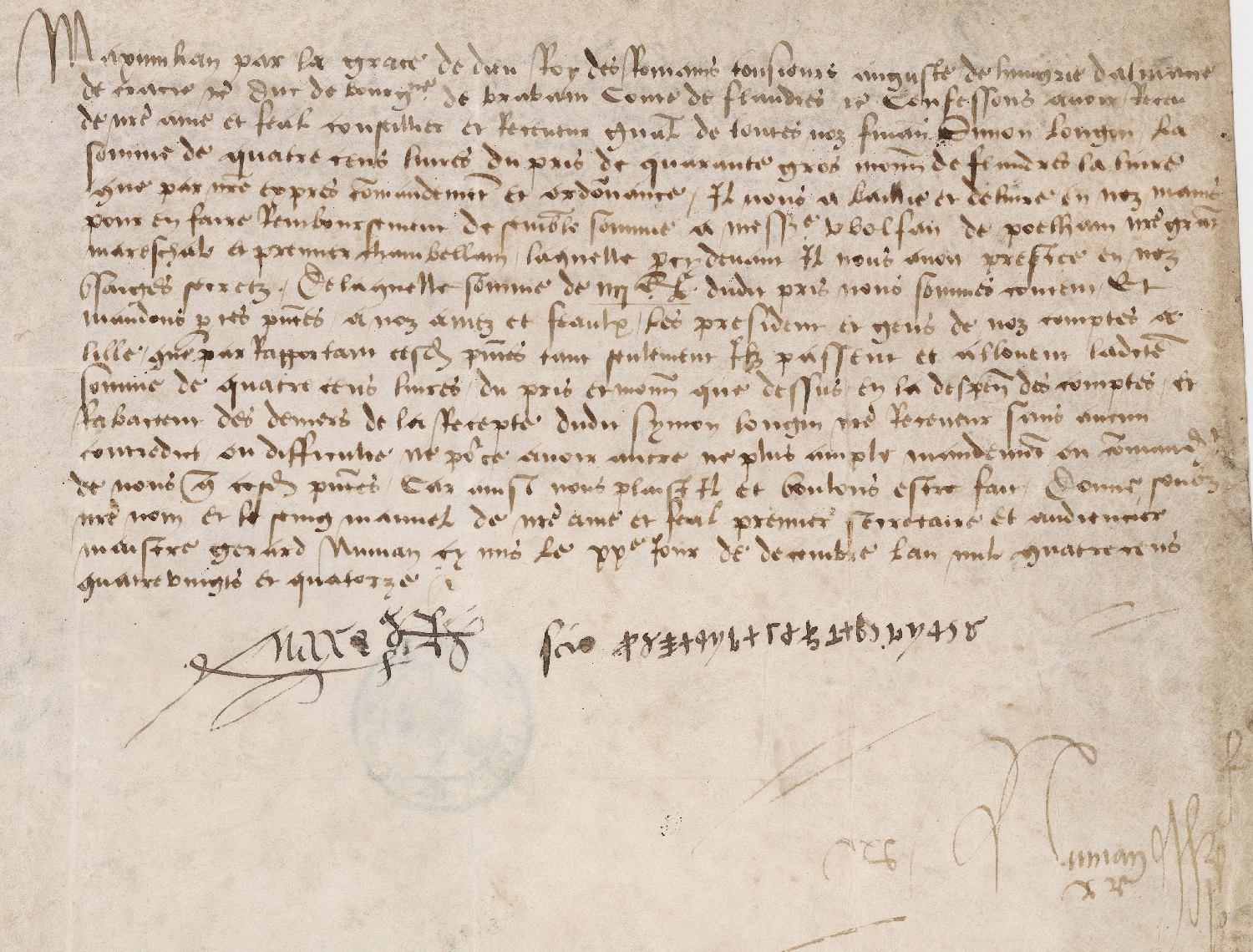The Unsolved Ciphers of Emperor Maximilian I.
Some months ago I reported about two unsolved ciphers of the later emperor Maximilian I.. Today I can present two more cryptograms of this kind. Does this succeed in solving the riddle?
Maximilian I (1459-1519) was an important ruler of the early modern period. He came from the House of Habsburg and was Roman-German emperor from 1508 until his death. Maximilian I was considered a wise and far-sighted ruler and was nicknamed “the last knight”.
A few months ago I reported on Cipherbrain about two short encrypted messages of Maximilian I.. The Dutch Zoë Maula had brought them to my attention. Zoë studied Japanese in Leiden, but is also interested in the history of the Netherlands in the 15th century.
Unfortunately, my readers could not solve the two cryptograms. In the meantime, however, Zoë has found two more messages of this type, which has increased the chances of cracking the encryption. In the following I will present all four cryptograms chronologically.
All four ciphertexts are quite short. They are each on a letter, the rest of the content of which is not relevant at this point – apart from the fact that it may contain clues to the plaintext.
The letters are apparently dated (although as a layman I cannot discern a date). Since Maximilian I used the Eastern dating method (I didn’t know that existed), some of the dates are not correct. Zoë gave me the dates given, so they should be correct.
Note: In the original version of the article, the first two letters were reversed.
December 20, 1494
Here is the oldest of the four letters:
Here is the encrypted text that is involved:
Before the encoded text, the Latin word ”Scio” (“I know”). This could give a clue as to what follows.
February 13, 1495
The second letter was sent two months later:
The following excerpt shows the cryptogram in question:
According to Zoë, the letter says the following:
Maximilian, by the Grace of God King of the Romans, Semper Augustus, Archduke of Austria, Duke of Burgundy, Brabant, etc., acknowledges that he has personally received at his express command from Simon Longin, his receiver general, the sum of 2000 livres, of 40 gros de Flandres each, to buy a ship to use for some his affairs. He wants this transaction to be recorded in the books of the chambre des comptes at Lille without any difficulties being made and without expecting any further command. For this is what he wants done, notwithstanding any rules and regulations to the contrary.Given under our name in our town of Gorinchem with the sign manual of our secretary, Master Gerard Numan, 13 February 1494 (N.S. 1495)
February 24, 1495
I have already presented the following letter in my first article:
This otherwise plaintext letter also contains a short encrypted message to the right of the signature (again preceded by “Scio”):
March 10, 1495
I also presented the following cryptogram in the first article:
Unfortunately, I do not have the corresponding letter.
Transcription
I have made the following transcriptions of the four cryptograms:
56SDG1DZR7
ABCDEFGDHEIJDKLMFNLB
OPLEDQIRSLHCTE
UFDVBWXEYZT1EZD1ODH2L134
Since the writing is not clear, one can certainly argue about some details.
Possible solutions
All in all, the four messages have a length of 68 characters. 33 different symbols appear in them. It could be a homophonic cipher. However, it is also conceivable that Maximilian I. chose a similar but not the same substitution table for each of the four messages.
Zoë pointed out to me that some symbols could stand for a whole word. According to this, it would be a nomenclator, which would be quite plausible. However, I don’t think that each symbol stands for a word, otherwise there wouldn’t be so many repetitions.
The two blog readers Jozef Krajcovic and Thomas Bosbach have found two sources on encryption methods of Maximilian I.:
Zoë gave me two other links that might be helpful:
- Cipher keys from 1437, used by Maximilian’s father: The pages 14, 15, 17, 20 and 21 are relevant.
- Cipher keys from 1509-1516
Can anyone contribute to the solution of this mystery? Zoë Maula would no doubt be delighted. Me too, of course.
If you want to add a comment, you need to add it to the German version here.
Follow @KlausSchmeh
Further reading: Wie ein Mathematiker einen Geheimcode aus dem Nachlass von US-Präsident Jefferson knackte
Linkedin: https://www.linkedin.com/groups/13501820
Facebook: https://www.facebook.com/groups/763282653806483/












Letzte Kommentare